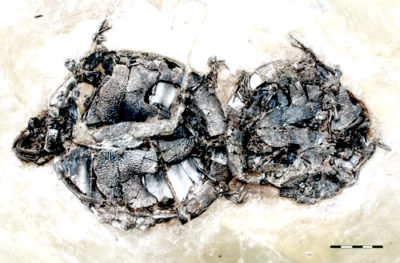 Clues from fossilized mating turtles (pictured left) point to an enormous and sudden geological event. In last week’s edition of Biology Letters published by the Royal Society, Walter Joyce (pictured right) of Geosciences at the University of Tübingen in Germany.
Clues from fossilized mating turtles (pictured left) point to an enormous and sudden geological event. In last week’s edition of Biology Letters published by the Royal Society, Walter Joyce (pictured right) of Geosciences at the University of Tübingen in Germany.
The letter, entitled “Caught in the act: the first record of copulating fossil vertebrates,” updates information on the fossilized turtles discovered 30 years ago.
ABC News, BBC News, National Geographic, New York Daily News, MSNBC, FOX News, and Nature and Science journals featured the story, an unprecedented finding.
These findings are unparalleled, as nine pairs of fossilized mating turtles were simultaneously captured in intercourse. Examining the interplay of natural factors is crucial for understanding the preservation processes involved in these distinctively entombed turtles.
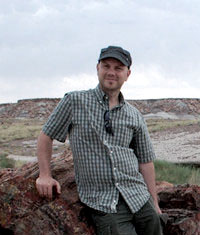 Discovered in the Messel Pit near Frankfurt, Germany, these turtles with exquisitely preserved soft tissues were found along with more than 1,000 species of animals and plants. The pit is a fossil gold mine. In 1995, UNESCO declared the German pit a World Heritage site. Co-author Stephan Schaal (pictured left), of Senckenberg Naturmuseum in Frankfurt, in an interview with
Discovered in the Messel Pit near Frankfurt, Germany, these turtles with exquisitely preserved soft tissues were found along with more than 1,000 species of animals and plants. The pit is a fossil gold mine. In 1995, UNESCO declared the German pit a World Heritage site. Co-author Stephan Schaal (pictured left), of Senckenberg Naturmuseum in Frankfurt, in an interview with 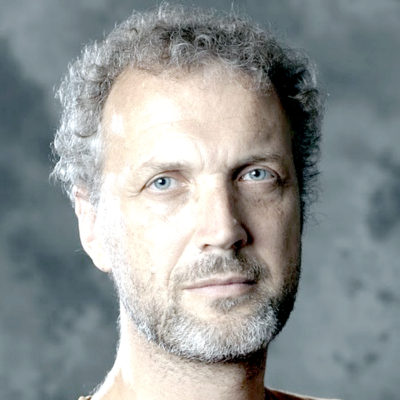 ScienceDaily, noted –
ScienceDaily, noted –
“Scientists have collected tens of thousands of fossils at this site in recent decades, but only these turtles are known to occur in pairs, a total of nine so far.”
“The chances of both partners dying at the same time,” Joyce explained to Discovery News, are “highly unlikely and the chances of both partners being preserved afterward even less likely.” In a ScienceDaily interview, Joyce noted the significance –
“No other vertebrates are known to have died during this important biological process and then been fossilized.”
These turtles, known as Allaeochelys crassesculpta, are classified in the pig-nosed (pictured right) turtle genus. Pig-nose turtles are now only found in the freshwaters of northern Australia and southern New Guinea, far from Germany. In an interview with National Geographic News, Joyce explains –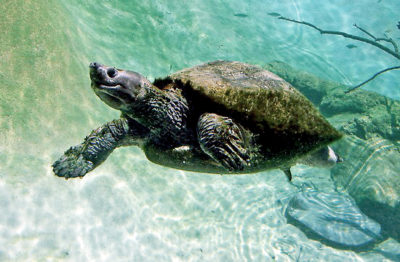
“Just finding these couples is unique worldwide.”
One of the unique aspects of these fossilized mating turtles is their behaviors frozen in time. As Joyce explains –
“We here report on the spectacular finding of fossilized mating pairs… the first vertebrate fossil to directly document mating behavior.”
The Messel Pit, once an oil shale mine, according to the pit website, with the “land surface significantly disturbed,” has preserved “from fully articulated skeletons to feathers, skin, hair and stomach contents” – a paleontologist’s dream.
The Fossil Museum page entitled “Messel Pit, an Eocene Lagerstatte of Germany” explains that even with extensive mining in the area during the nineteenth century –
“The fossils from Messel are extraordinary due to magnificent preservation, including complete, fully articulated skeletons of vertebrates, mothers with fetuses, gut contents, and soft-tissue preservation including hairs and feathers make Messel fossils unique amongst all fossil collections. They provide a unique insight into flora and fauna of a tropical-subtropical landscape.”
The Fossil Tale
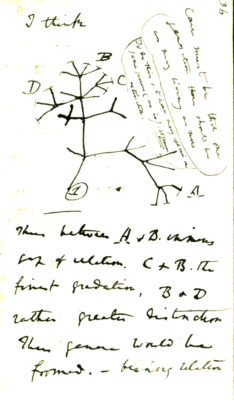 These fossilized mating turtles once lived in the area of Western Europe at a time when the climate was tropical-subtropical. Mating appears as a group-synchronized event. The process of fossilization began rapidly and thoroughly throughout the area, resulting in the exquisite preservation of soft tissues for thousands of species.
These fossilized mating turtles once lived in the area of Western Europe at a time when the climate was tropical-subtropical. Mating appears as a group-synchronized event. The process of fossilization began rapidly and thoroughly throughout the area, resulting in the exquisite preservation of soft tissues for thousands of species.
Physical evidence for the biological evolution of the fossilized mating turtle, however, is weak since the site had no identified transitional forms, either anatomic, physiologic, or molecular. Other species of the genus live thousands of miles away in northern Australia and New Guinea.
The fossilized mating turtles unearthed in the Messel Pit lack the evidence for Charles Darwin’s “slight, successive changes.”
Charles Darwin
Darwin knew, at the time, that what was known of the fossil record did not support his theory. He addressed this concern in The Origin of Species – 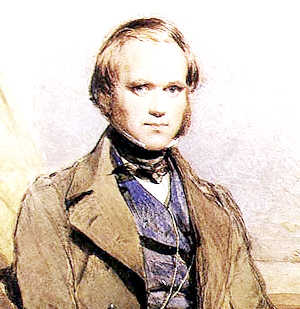
“Why then is not every geological formation [fossil record] and every stratum full of such intermediate links? Geology assuredly does not reveal any such finely graduated organic chain; and this, perhaps, is the most obvious and serious objection which can be urged against my theory.”
Of all the media stories last week, not one even alluded to how the evidence from these turtles resolved any of “the most obvious and serious objections” to Darwin’s theory.
Although the nine mating turtles are unprecedented, none of the evidence resolves natural selection’s most astonishing problem – no transitional links in the fossil record. Evidence for “slight, successive” transitional forms is still missing. In the words of Niles Eldredge, a paleontologist at the American Museum of Natural History,
“While paleontologists have been insisting that their record is consistent with slow, steady, gradual evolution, where I think that privately, they’ve known for over a hundred years that such is not the case.”
Evidence for Darwin’s “finely graduated organic chain” in the fossil record is still missing – intensifying the Darwin Dilemma. American physical anthropologist, Jeffrey Schwartz of the University of Pittsburgh, explains –
“We are still in the dark about the origin of most major groups of organisms. They appear in the fossil record as Athena did from the head of Zeus – full-blown and raring to go, in contradiction to Darwin’s depiction of evolution as resulting from the gradual accumulation of countless infinitesimally minute variations.”
Genesis
 The fossilization of these mating turtles, while incompatible with Darwin’s theory of “finely graduated” changes, is compatible with a massive global event as described by Moses in the Genesis account.
The fossilization of these mating turtles, while incompatible with Darwin’s theory of “finely graduated” changes, is compatible with a massive global event as described by Moses in the Genesis account.
Carolus Linnaeus, a Swedish botanist, physician, and zoologist, formalized the modern system of naming organisms called binomial nomenclature during the Scientific Revolution –
“I saw the infinite, all-knowing, and all-powerful God from behind.… I followed His footsteps over nature’s fields and saw everywhere an eternal wisdom and power, an inscrutable perfection.”
Evidence from embryology underscores why the theory of evolution remains speculative but not scientifically valid.
Fossilized Mating Turtles is an Embryology article.
Darwin Then and Now is an educational resource on the intersection of evolution and science, highlighting the ongoing challenges to the theory of evolution.
Move On
Explore how to understand twenty-first-century concepts of evolution further using the following links –
-
- The Understanding Evolution category showcases how varying historical study approaches to evolution have led to varying conclusions. Subcategories include –
- Studying Evolution explains how key evolution terms and concepts have changed since the 1958 publication of The Origin of Species.
- What is Science explains Charles Darwin’s approach to science and how modern science approaches can be applied for different investigative purposes.
- Evolution and Science feature study articles on how scientific evidence influences the current understanding of evolution.
- Theory and Consensus feature articles on the historical timelines of the theory and Natural Selection.
- The Biography of Charles Darwin category showcases relevant aspects of his life.
- The Glossary defines terms used in studying the theory of biological evolution.
- The Understanding Evolution category showcases how varying historical study approaches to evolution have led to varying conclusions. Subcategories include –


